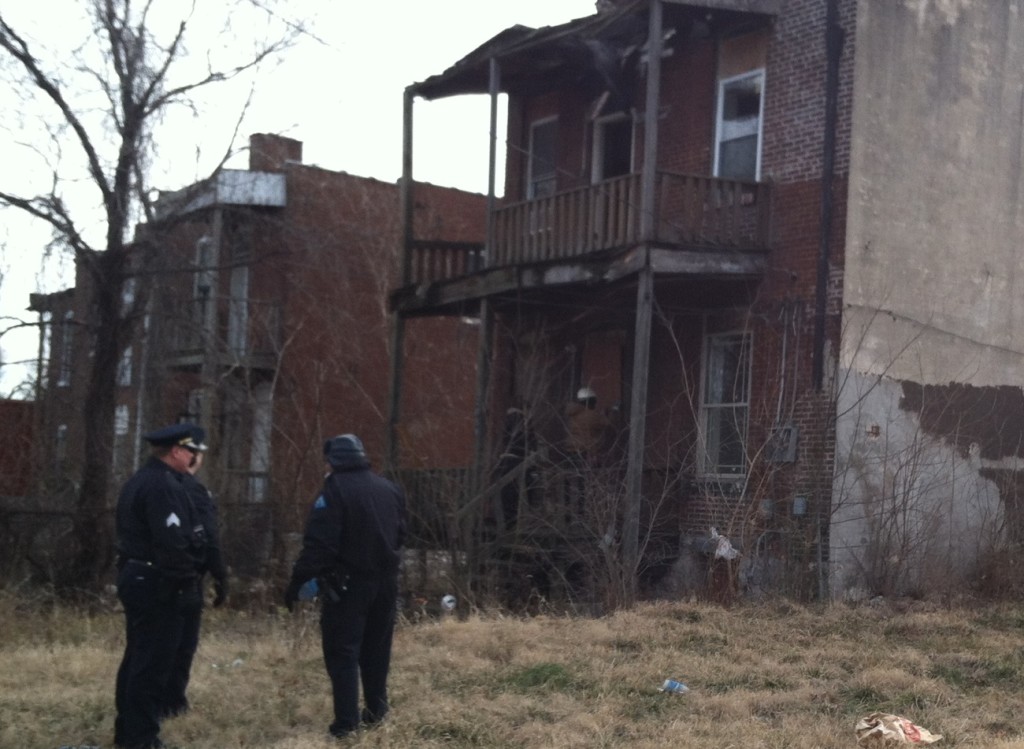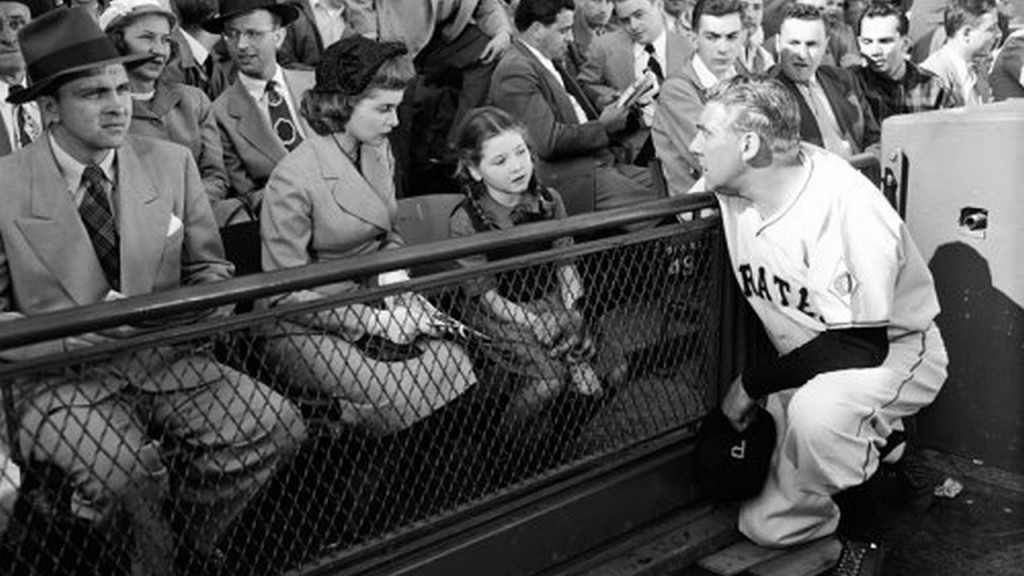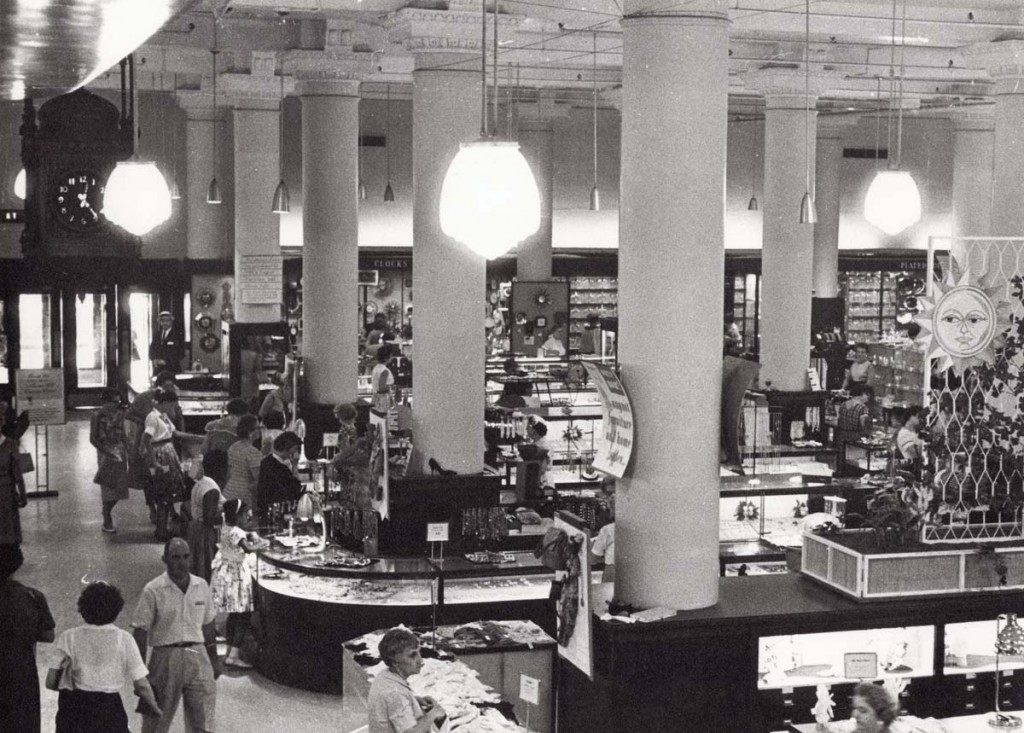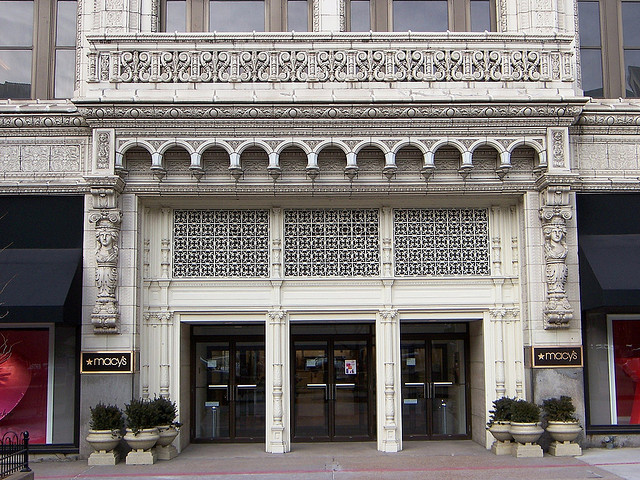The Modern Library — Enemy of Reflection
January 23, 2024
[Originally posted May 23, 2014]
ALAN writes:
Culture lovers will be pleased to learn that this week is “Hip-Hop Appreciation Week” at the central St. Louis Public Library. This is the same library about which I wrote about four years ago and which re-opened two years ago after a big, expensive renovation.
An article afterward noted that visitors to the renovated building ooh-ed and aah-ed. This is an example of what you once called “the superstitious veneration of technology.” Everything about the renovated building screams New, Now, High-Tech, The Latest, Cutting-Edge Movies and Music. If I were a cynic (which I am), I might ask: Do those things make Shakespeare better? Do they improve Aristotle, Milton, Aquinas, Burke, Franklin, Jefferson, Bronte, Browning, Carlyle, Scott, Dickens and Twain? Are language, philosophy, religion, history, and science made better by being shelved amid all that bright, shiny, high-tech décor?
The building is situated between a Christian home for vagrants and a Christian church that caters to them. People who live downtown are sick and tired of the vagrants and want them out of the area. One morning last week one of the vagrants knifed and killed another on a sidewalk between the library and the church.











